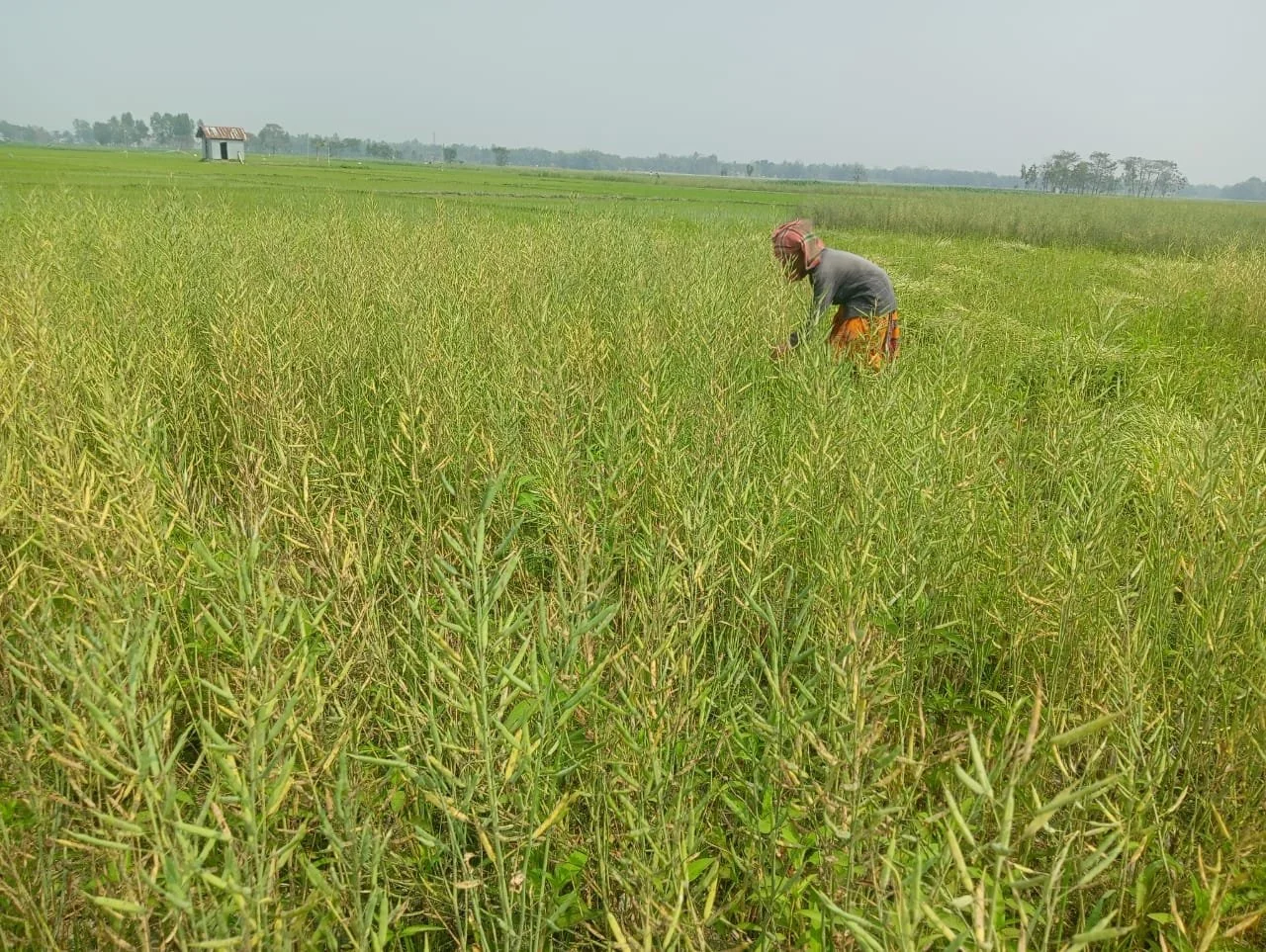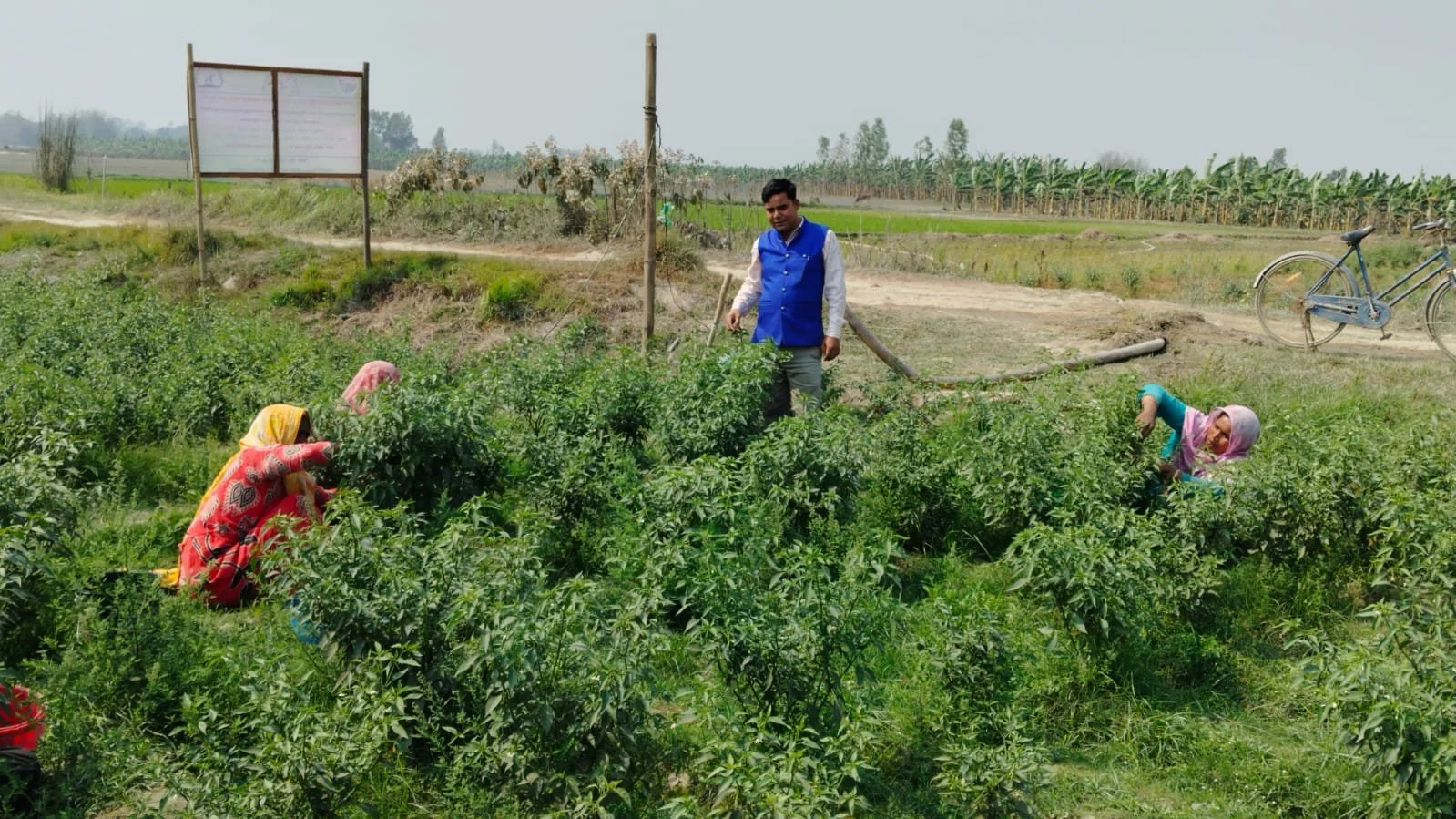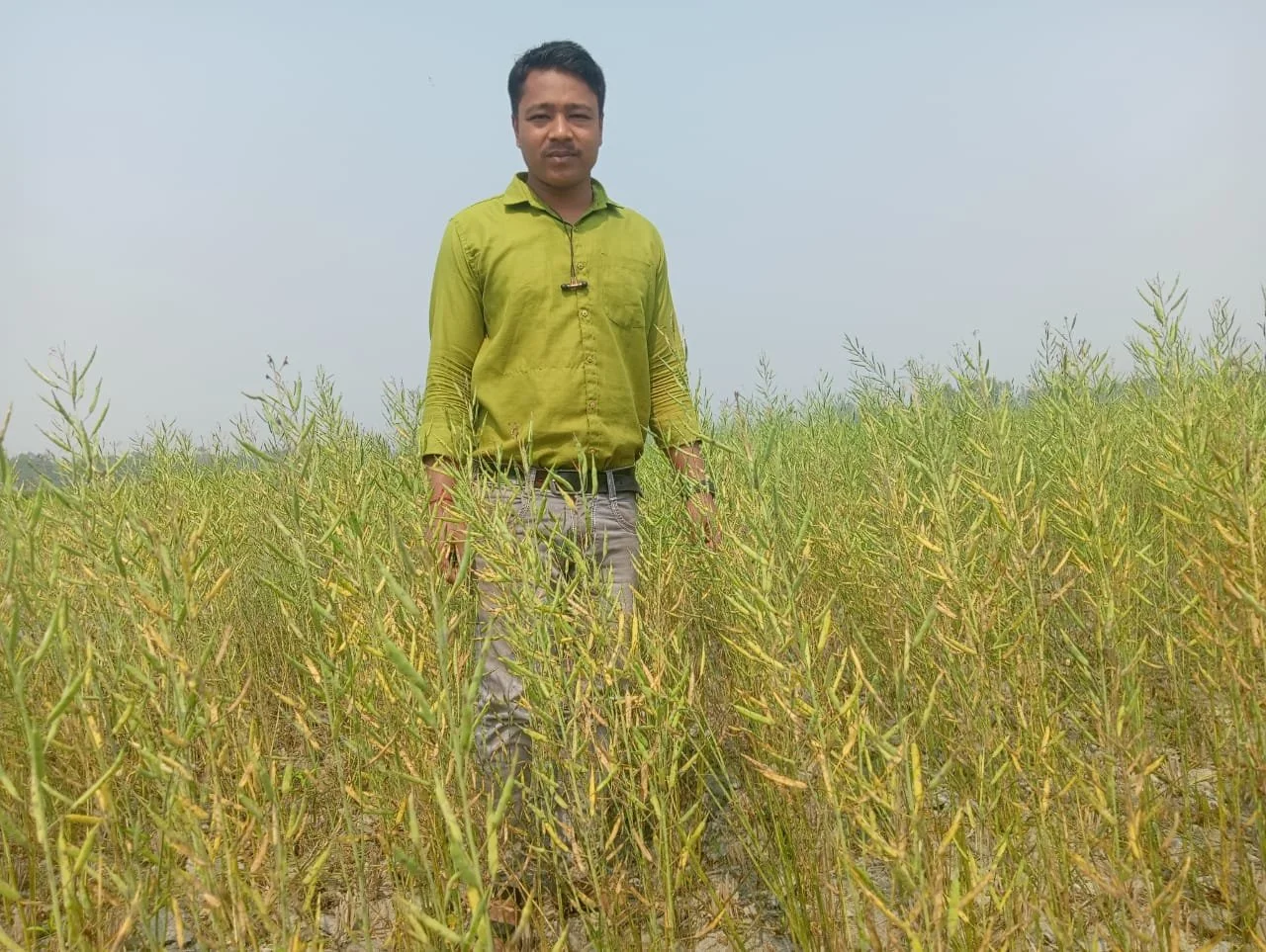Diversification Pathways in West Bengal, India
After intensive discussions with all the stakeholders of RUPANTAR in West Bengal, three pathways were formalized on 25th and 26th August 2023. The villages for study and implementation were categorized as per the typology of the project viz plot, non-plot, irrigation constraint, to understand nuances of livelihood diversification in plot level, non-plot (i.e. off farm livelihood options) and diversification in areas with irrigation as a constraint. In order to develop a pathway that reflects ground realities/situation, farmers’ aspiration and agro-climatic conditions, the process of formalization included local FPOs and representatives from the implementation partners. In West Bengal partners include UBKV (Uttar Banga Krishi Vishwavidyalaya), SSCoP (Satmile Satish Club ‘O’ Pathaghar, major implementation partner in West Bengal involved in several other projects funded by different organization including forming FPO/Cs in different regions of Eastern India. They are our key facilitator in the field, and they also run Custom Hiring Centres), and local FPOs which work under SSCoP.
Two villages from every typology (plot, non-plot, and irrigation constraint) and 4 nodes in every village were identified for baseline survey and altogether a total of 600 forms were collected from West Bengal. Based on the information furnished by the Baseline Survey undertaken in early 2023 and local knowledge provided by stakeholders, 2 nodes from each typology were selected to implement the pathways.
Details of pathways
Plot
Nodes that reflected higher rate of two crop growers viz two paddies in Unisbisha area of West Bengal was selected for plot level diversification. As the typology indicates, the idea was to introduce a third crop for the two crops growers in between the two paddy (amon and boro) crops that the farmers usually grew without disturbing the two crops. Potato and mustard stood as a strong contented as a third crop as a few in the area grew these crops scarcely. It was also observed that some tried doing mustard and failed to get a good harvest due to problems such as animal attacks. After considering several factors, the cost of production being the most important one, mustard was chosen as a third crop. Scientists from UBKV iterated that mustard required less inputs and irrigation and it can probably sustain for more years to come. In contrast with potato, mustard requires less capital thereby effectively reducing the risks. On the other hand, as edible oil prices are surging, it was hoped that the crop will get good prices and also there was a possibility of farmers keeping them for self-consumption and thereby reducing the cost of oil purchase. Several oil mills are mushrooming in the area, and this can help the farmers process the oil and even sell it locally. Mustard is also less labour intensive than potato, thereby also reducing drudgery. Experts from UBKV suggested identifying a suitable sowing window for mustard so that the preceding boro crop is planted on time.
Although the land was deemed suitable for mustard, there were many challenges, major being the animal attack prevalent in the region, farmers in neighboring plots doing crops that requires flooding their plot (which would kill the mustard plant), unavailability of capital for inputs and information for optimal harvest.
The implementation partners provided the inputs free of cost to initially attract more farmers, and in the last Rabi season, 26 farmers volunteered to grow mustard in the plot level nodes in Unnishbisha, West Bengal, with total acreage of 30 bigha. The mustard is already harvested, and the implementation partners also helped the participating farmers to transplant their boro crop on time with Rice Transplanting Machine. Furthermore, researchers from UBKV implemented ZT in a few plots and Traditional tillage in others to understand the difference in yield vis a vis cost of production. Data about yield, mechanism undertaken to communicate the project’s outline is yet to be collected which in turn will inform this year’s pathway.
Non – Plot
Likewise, two nodes from Patlakhawa (non-plot level village) were selected for 2023 pathway implementation. Nodes with intensive cropping patterns with majority doing three crops a year were identified through baseline survey and local knowledge from partners in order to assess the possibility of non-plot diversification viz cattle, goat, chicken or any other bird rearing, and fisheries. Rearing cattle, goats, chicken, ducks, other birds, and fish cultivation is an intrinsic part of farming household in study locations. These animals are often thought of as a way to quick cash owing to the prevalence of local markets and often are also a source of food for the family. Although prevalent in almost every household, commercial rearing of these animals is not so common with very few to no farms in the area. Commercial rearing of animals is rare in the entire Cooch Behar region owing to the fact that land holding size is small with no public pastures. However small animals like goats are prevalent and are often used as immediate source for cash in need.
Scientific rearing of goats and duck rearing were suggested as two pathways were formalized in the roadmap process workshop. With further discussion with stakeholders, goat rearing was decided to be implemented. Since most household had one or more goat in their house, it was thought easier to train farmers to rear the animals scientifically with regular vaccination, health monitoring skills, breeding techniques, and feed cultivation. Local partners suggested goat rearing as ducklings are costly, consumes a lot of feed and requires investment for proper shed etc if the farmer does not have any already. The partners also suggested forming goat cluster of farmers who rear goats to have easy access to information, medicines and markets. Three rounds of meetings are already done, and cluster formation is underway.
Irrigation Constraint
To understand the nuances of livelihood diversification in areas with irrigation as constraint, two nodes from Gaddarpar area situated near the river basin were selected. The idea was to introduce the crop with low water requirement and techniques (mulching, and sprinkler) for optimal water utilization. The area showed a high degree of crop diversity in the baseline and the land was deemed good for vegetables and plantation. As the soil is sandy, the water retention capacity is less and hence more water is required. On top of that, none of the farmers have access to sub-meters which provide electricity for irrigation at less rates than of domestic usage.
Chilly and potato were discussed to be introduced in the region and after much consideration chilly was selected as it required less investment. Less capital is a severe lack faced by almost all smallholder farmers and experts believed that scaling less capital-intensive practices and crops will help the fasten adoption process while also mitigating risk. Potato on the other hand required huge capital investment. Challenges included finding the right sowing window for better price realization and better yield. A total of 11 farmers volunteered to grow chilly under this project and a total of 8 bigha has been under cultivation. Harvesting is already started and is expected to continue for another month or so. Partners from UBKV also experimented with plots with mulching and without identifying the difference in cost of production and yield in order to demonstrate to the farmers about optimal practice.





